June 4-10, 2023
The blaze of summer
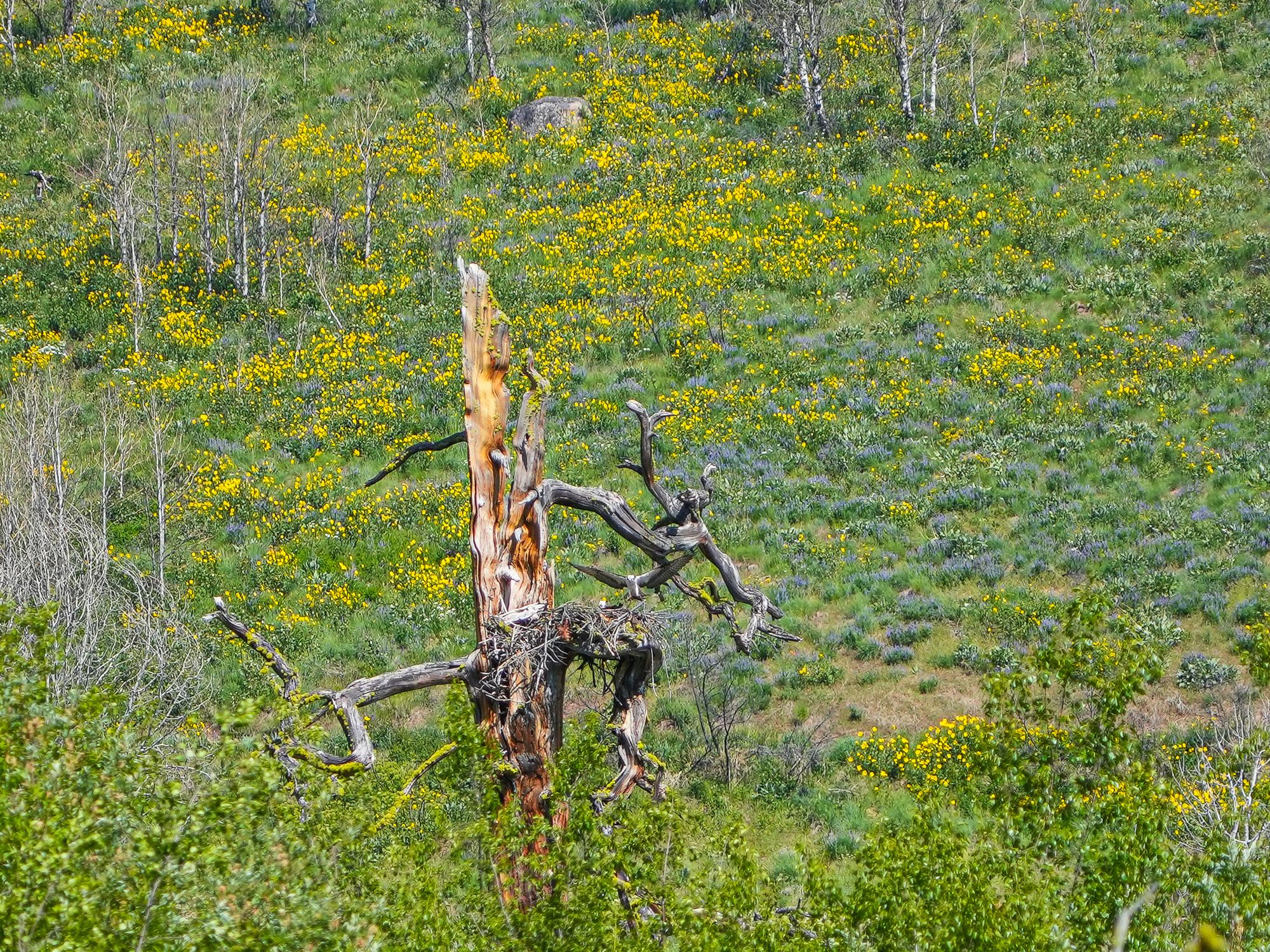
This week marked the first really hot days of the year, and it felt like summer was finally here, but then a fierce windstorm unexpectedly delivered several days of rain and cool temperatures at the end of the week.
Week in Review
A lot of people noticed the Strawberry Moon this week as it emerged dramatically over the eastern skyline. The full moon came up on Saturday, but according to NASA it lasted all weekend from Friday night through Monday morning, and Sunday night was especially dramatic because orange clouds made the moon look really eery.
The name "strawberry moon" comes from Algonquin tribes, and it marks the peak of ripening strawberries in the northeastern U.S.
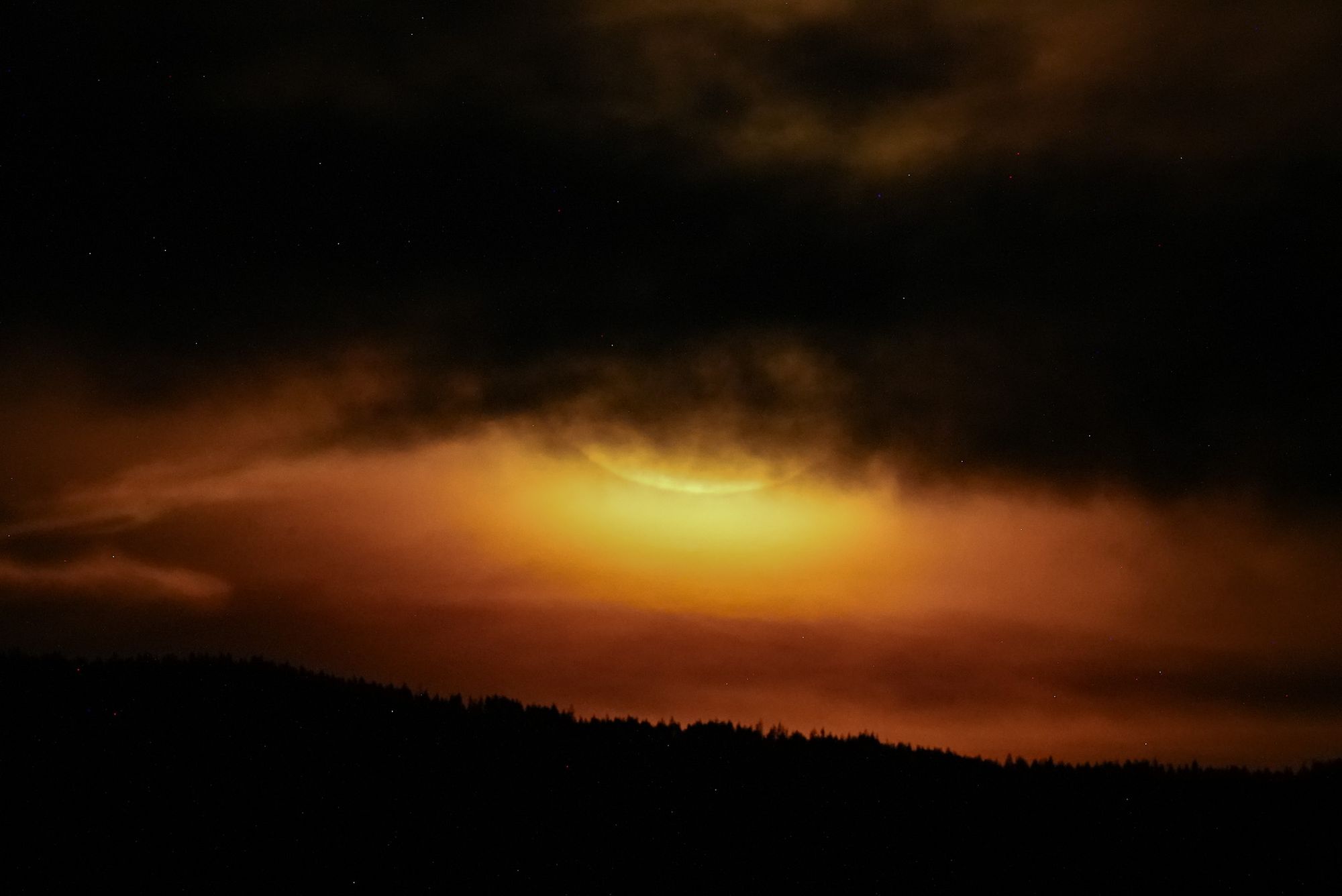
People have started wondering if the extremely cold winter killed off many of our overwintering yellowjackets and other wasps because they appear to be notably absence so far this summer. Unlike honeybees, yellowjacket and wasp queens overwinter by themselves, hiding in crevices or burrows and surviving off body fat, so they are particularly vulnerable. Some people may celebrate this absence, but wasps play a valuable ecological role by pollinating flowers and cleaning up dead animals.
Other insects seem to have fared well. I noticed the first (very small!) grasshopper on May 23 and now they seem to be everywhere, though they are still small in size. As spring transitions into summer, you'll probably be seeing them more often because they continue to molt and grow much larger.
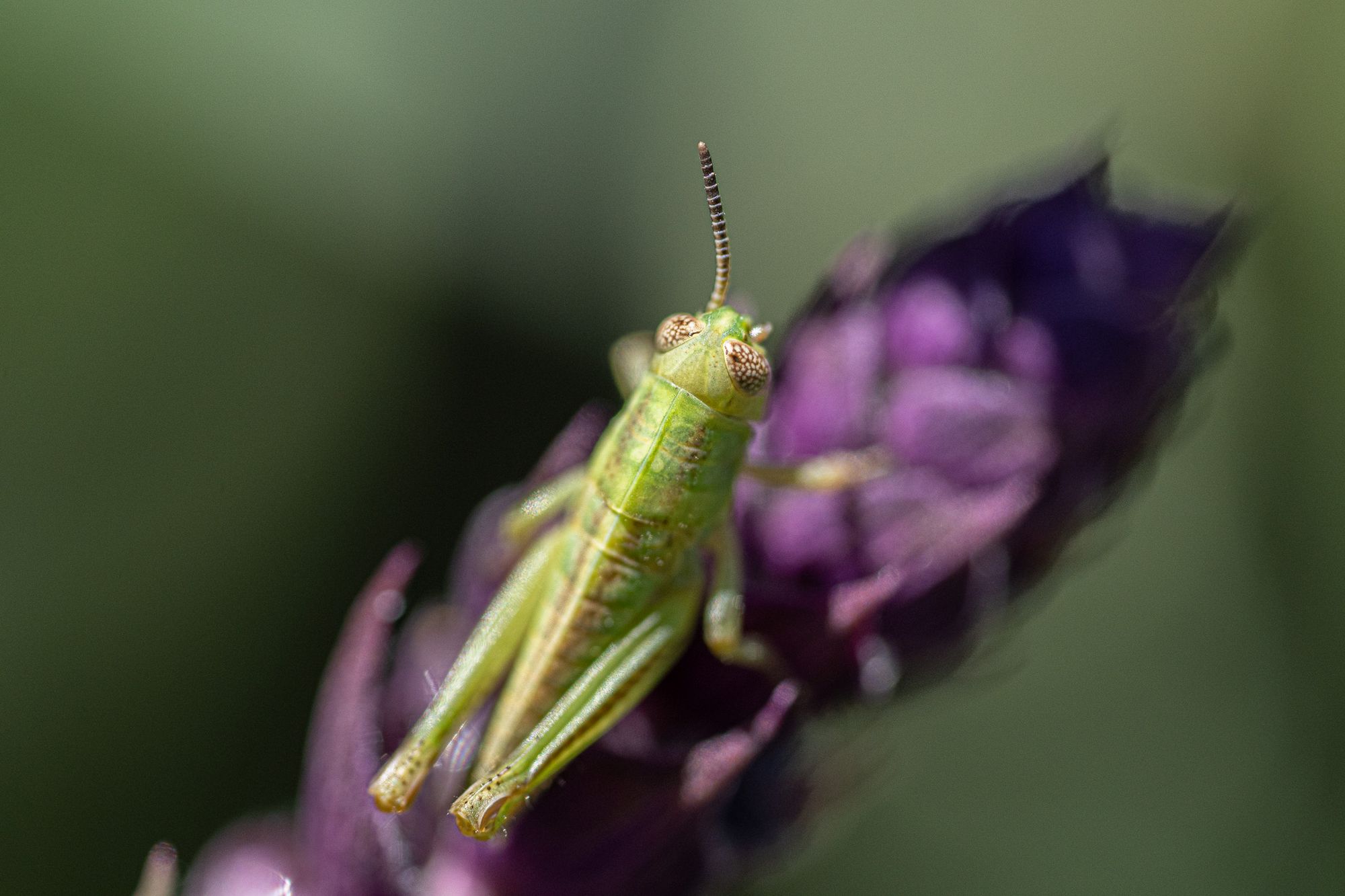
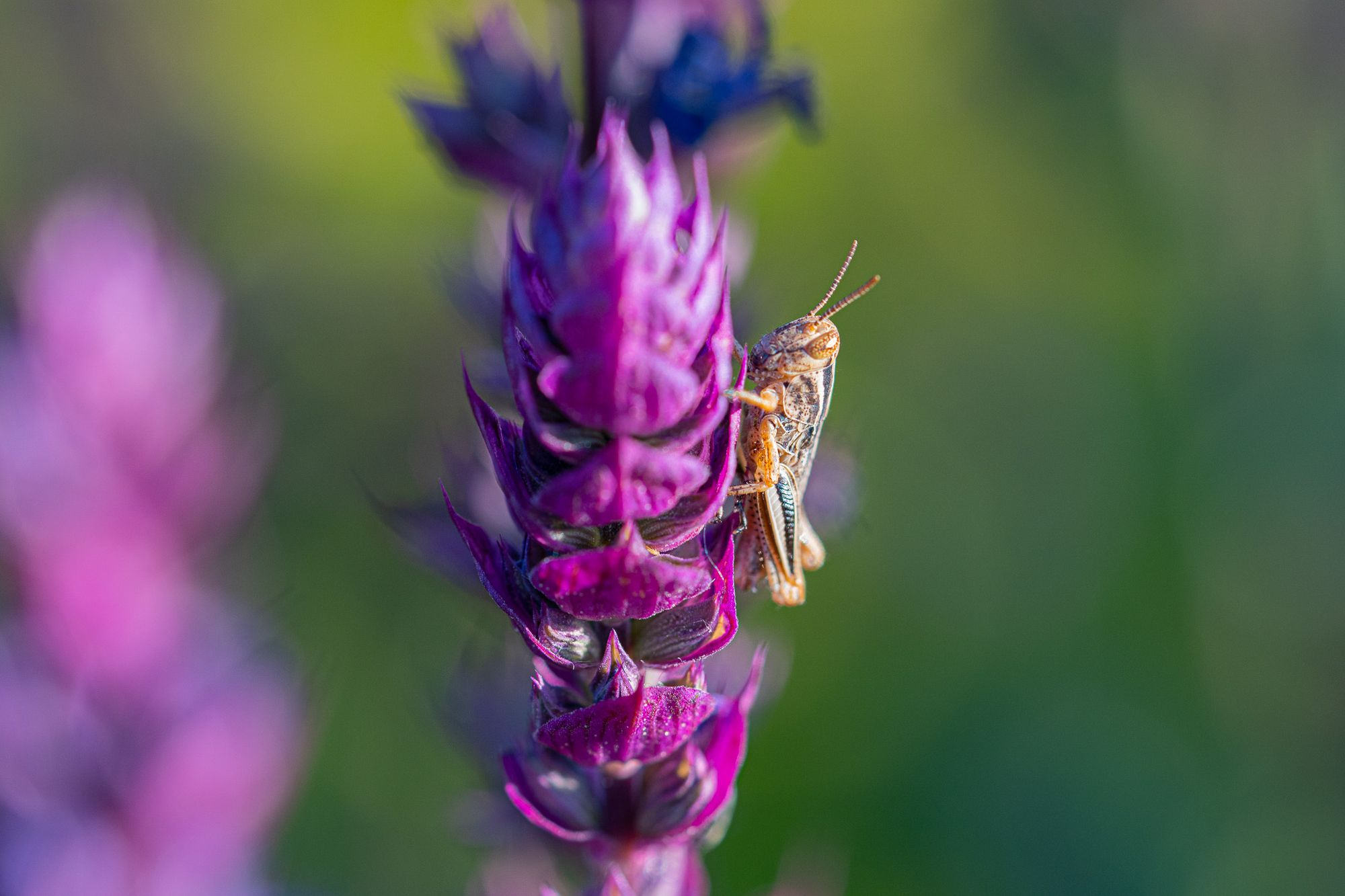
Some green blister beetles have been spotted on lupines, but I've read that their larvae eat grasshopper eggs so a lot more adult blister beetles should be found the year after a grasshopper infestation because their larvae do so well. If this turns out to be a good grasshopper year let's see if there are more blister beetles next year.
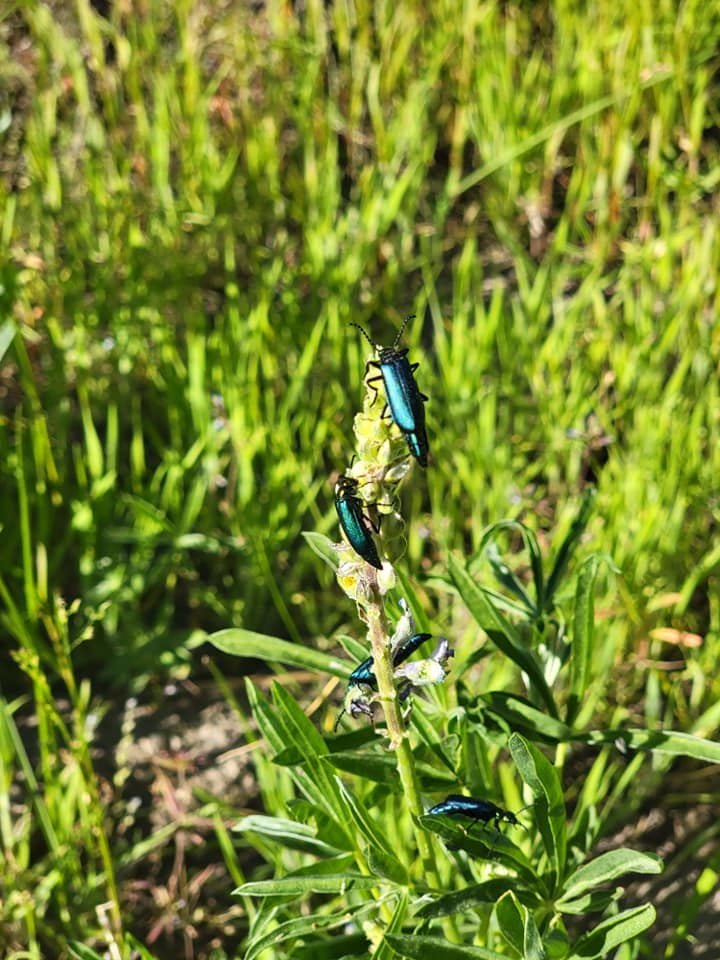
Once in a while you might spot a rather remarkable insect called a snakefly, which can be recognized by its elongated "neck." The adults are both territorial and carnivorous, catching and eating aphids and mites. They lay clusters of eggs, with each egg towering on top of a slender stalk to protect it from predatory ants, and their larvae take 2-6 years to turn into adults.
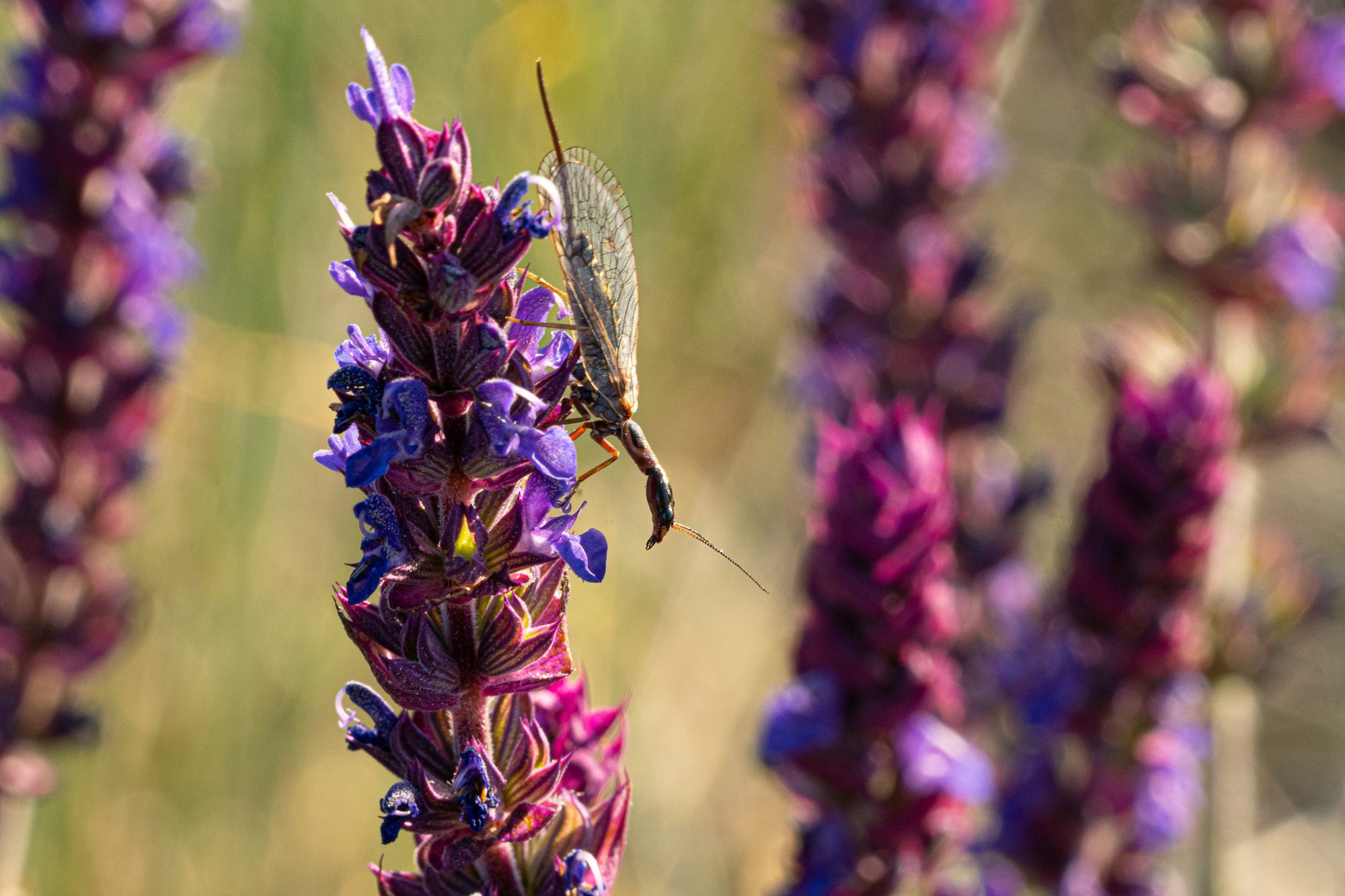
This is also a fun time of year to start looking for many different types of dragonflies, especially around local lakes and marshes. There are some excellent field guides for dragonflies and a lot of people enjoy dragonfly-watching as much as they enjoy bird-watching. Look for male dragonflies patrolling and defending their territories from their favorite perches.
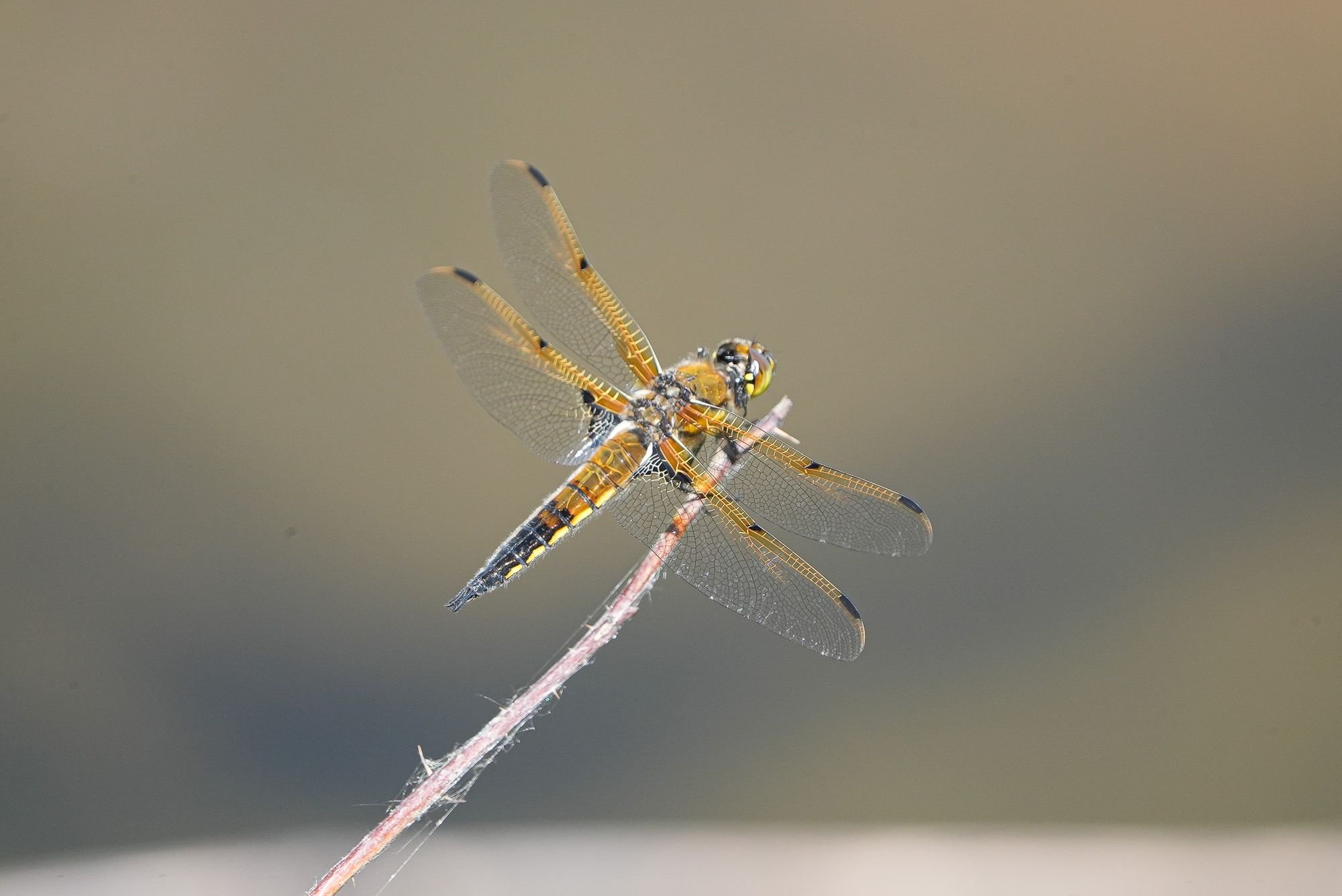
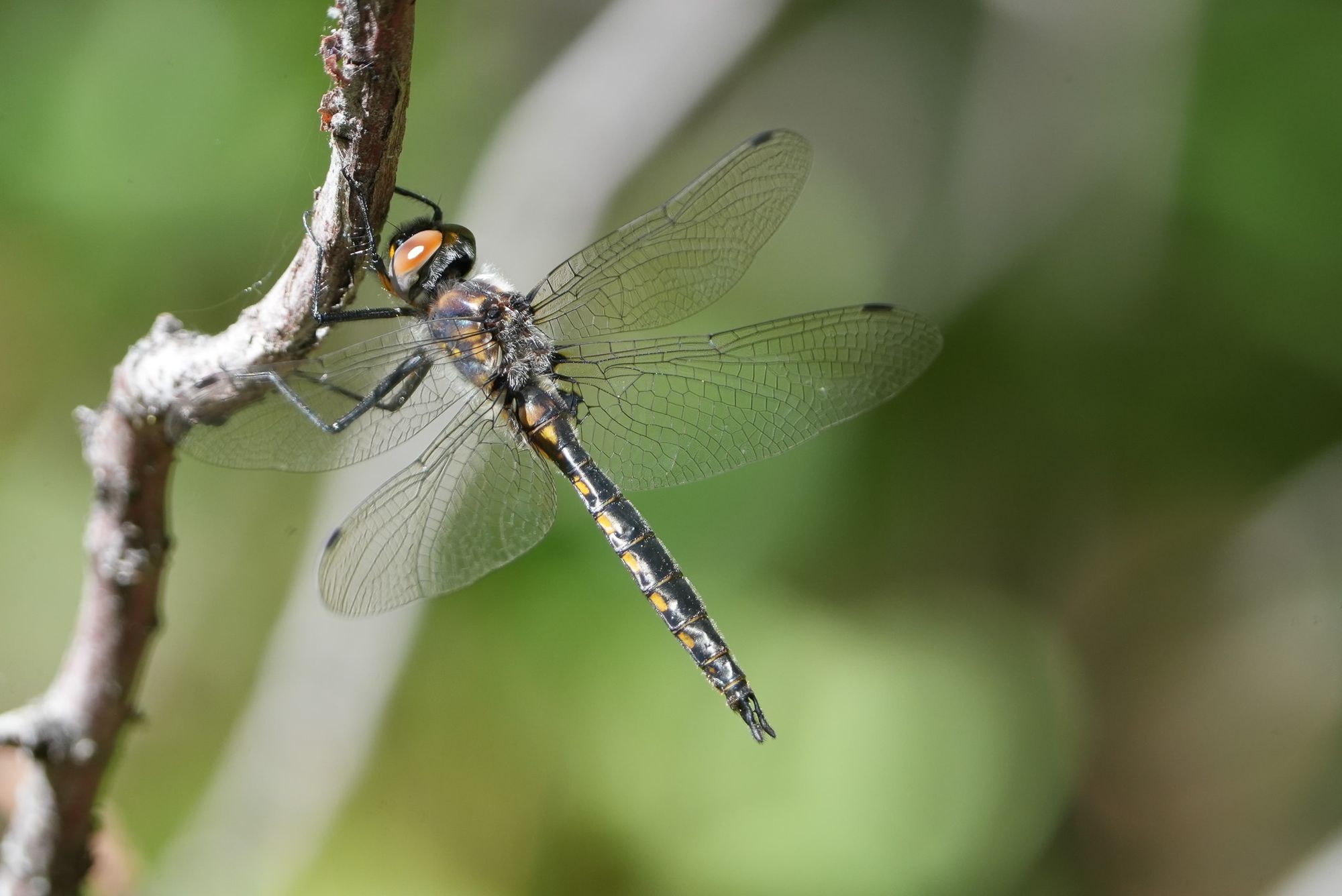
Another fun observation this week was a salmonfly. Technically these are stoneflies (Plecoptera) but most people know them as salmonflies. After living as larvae for up to 4 years in fast-flowing streams and river, the large (often over two inches long) adults emerge. They are sluggish, nocturnal, don't fly well and stay hidden, so they can be hard to spot them unless you're along a river at night when they're emerging.
Adults only live 1-4 weeks and they find each other by drumming the tips of their abdomens on the ground then following the vibrations, with each species and males and females all having different drumming patterns.
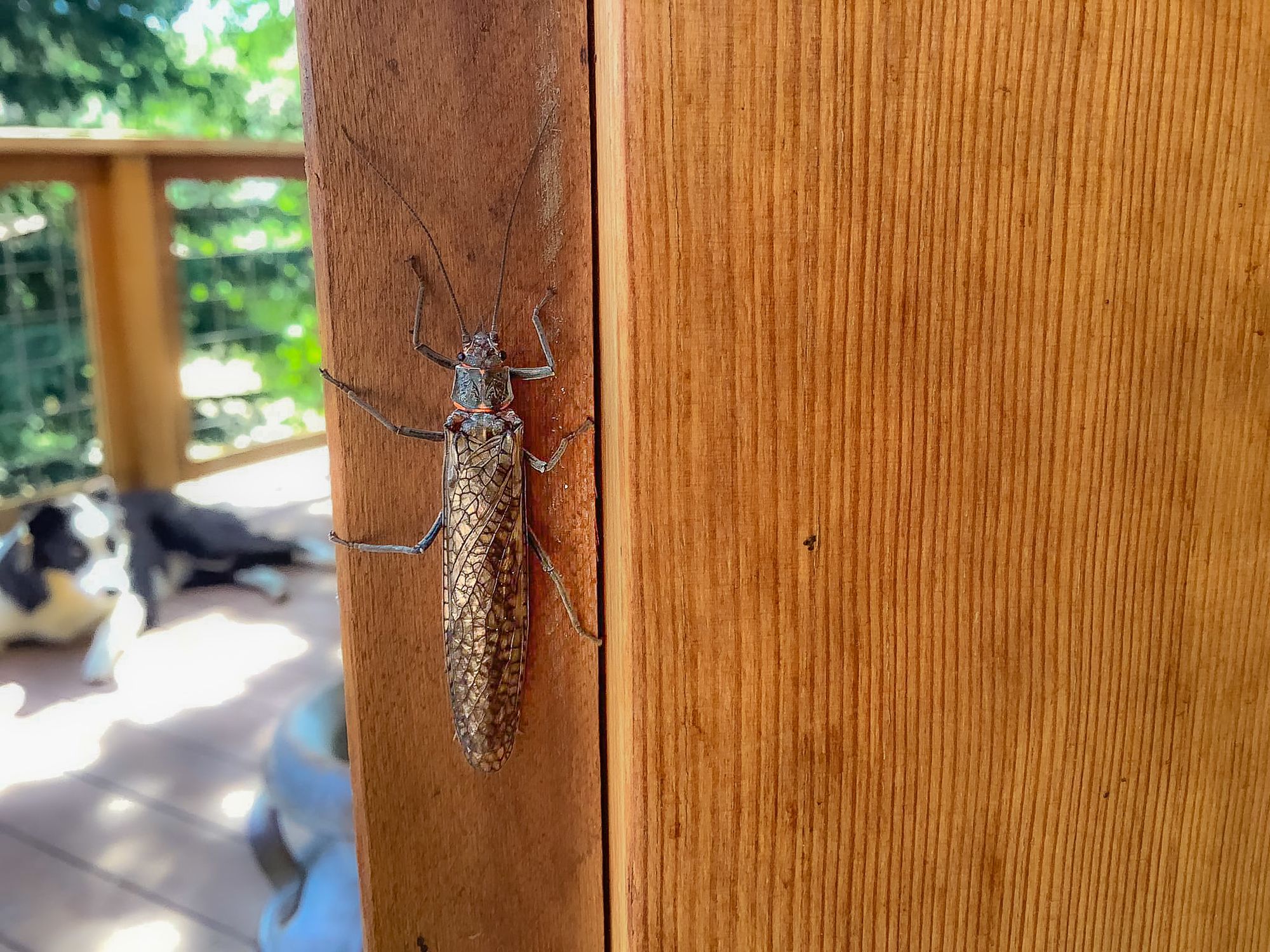
This is probably the peak time of year for baby-making in the animal kingdom and it's a delight to see what you can spot. For example, the first fawn was seen on June 6, painted turtles were found building nests this week, and we're already seeing baby birds.
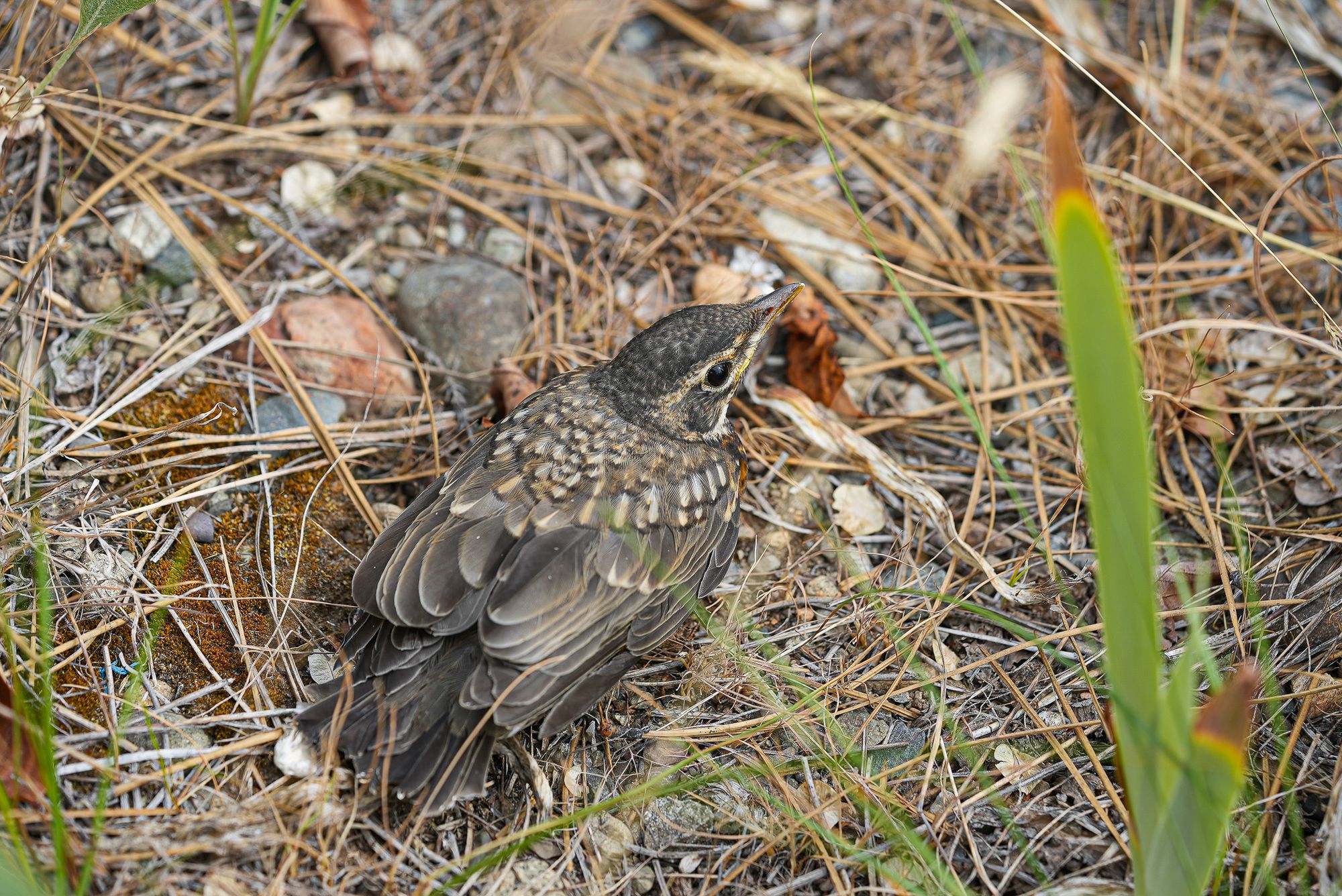
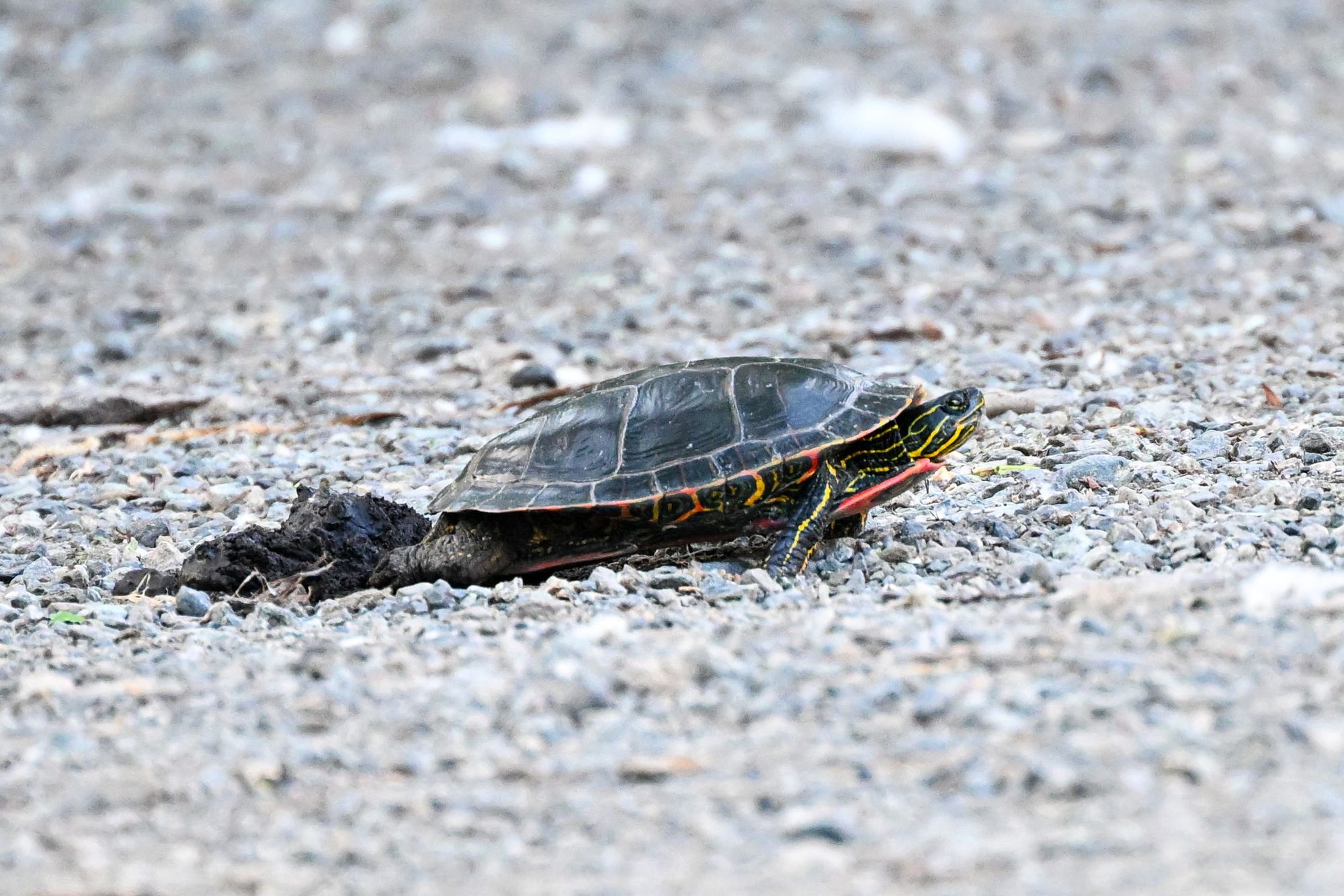
Finally, this has been a great week for observing the delicate, and surprisingly beautiful, flowers on grasses. It's easy to overlook these flowers because grasses don't have colorful petals so what you see are the feathery, often yellowish, stamens waving in the wind. These flowers are ephemeral and only last a few days but they add a little note of grace at this time of year.

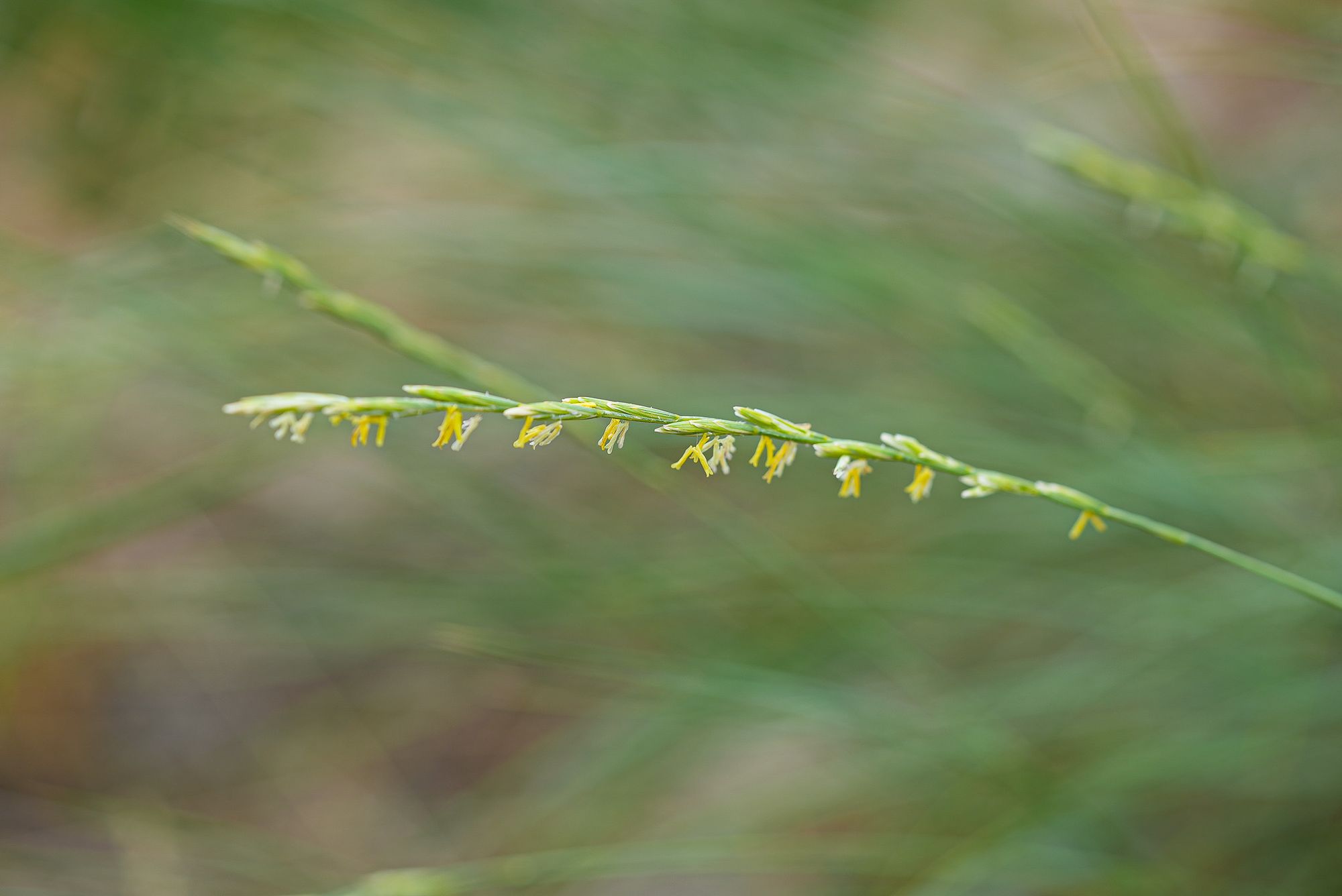
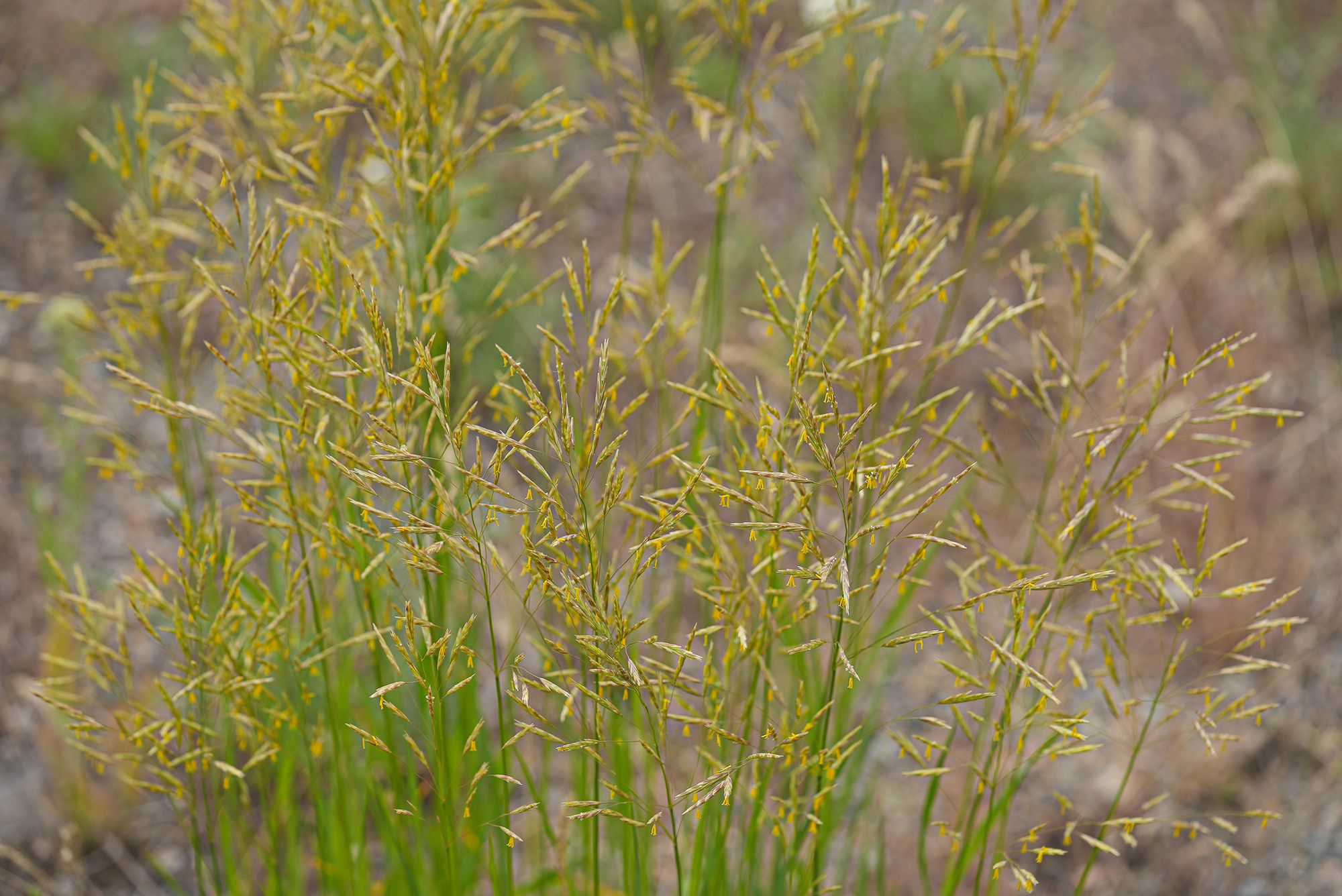
Observation of the Week: Snowmelt
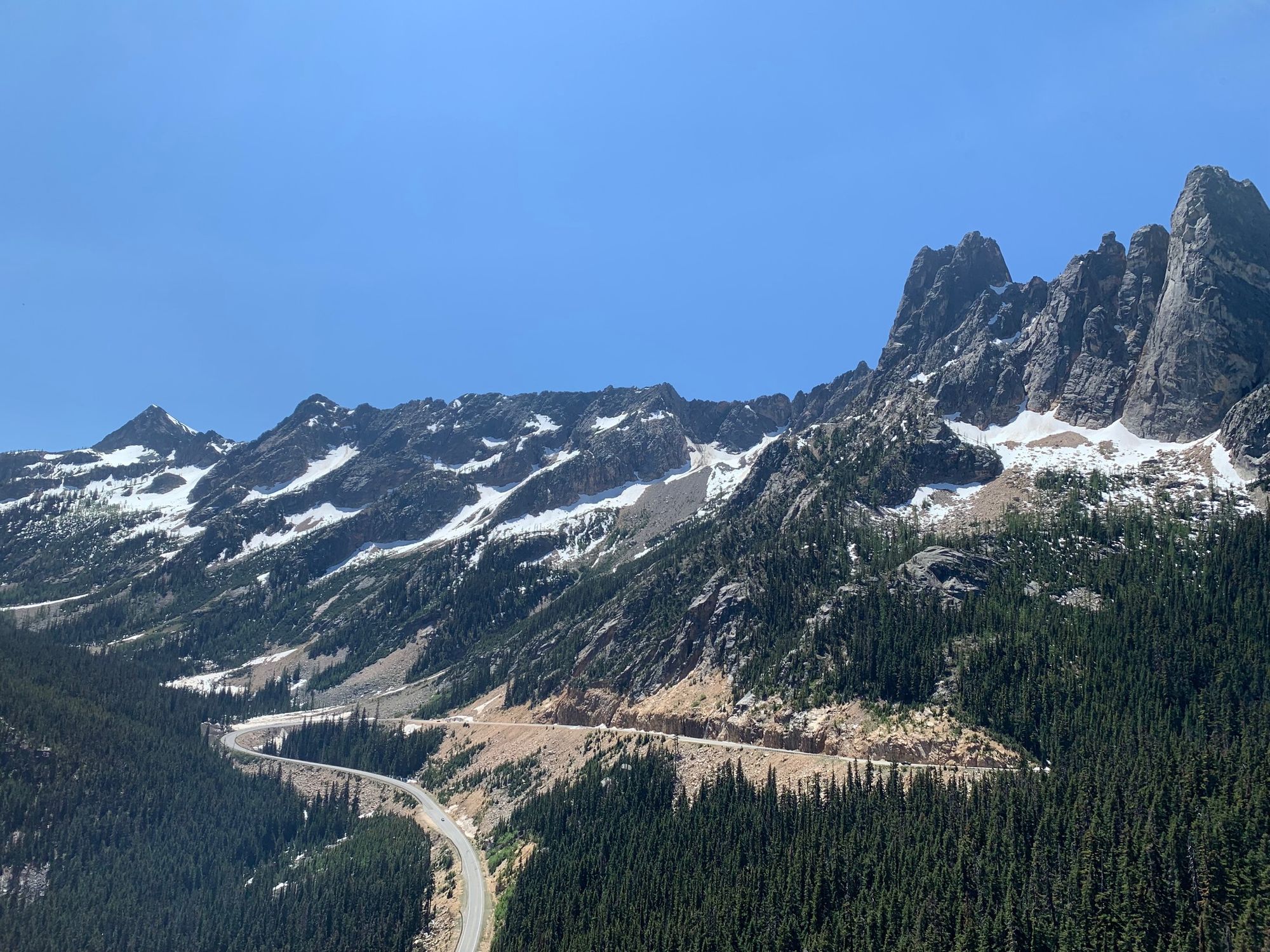
People have been pointing out that it's remarkable how little snow is left after the rapid snow melt that flooded our creeks and river the first week of May. Referring to the photo of Washington Pass, it sounds like most years folks would still be skiing through June, or even into July, but this year the snow is already gone on these slopes.
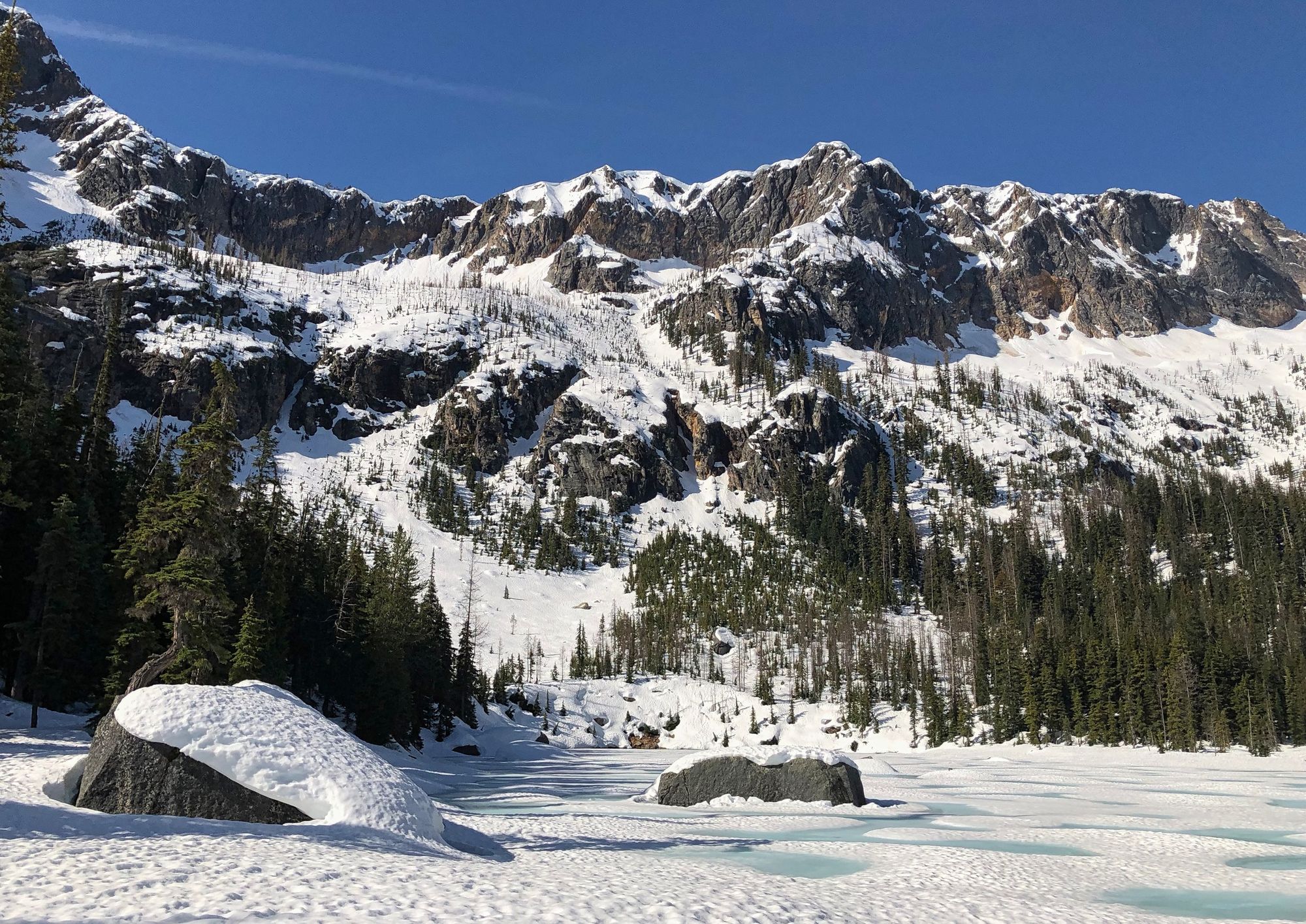
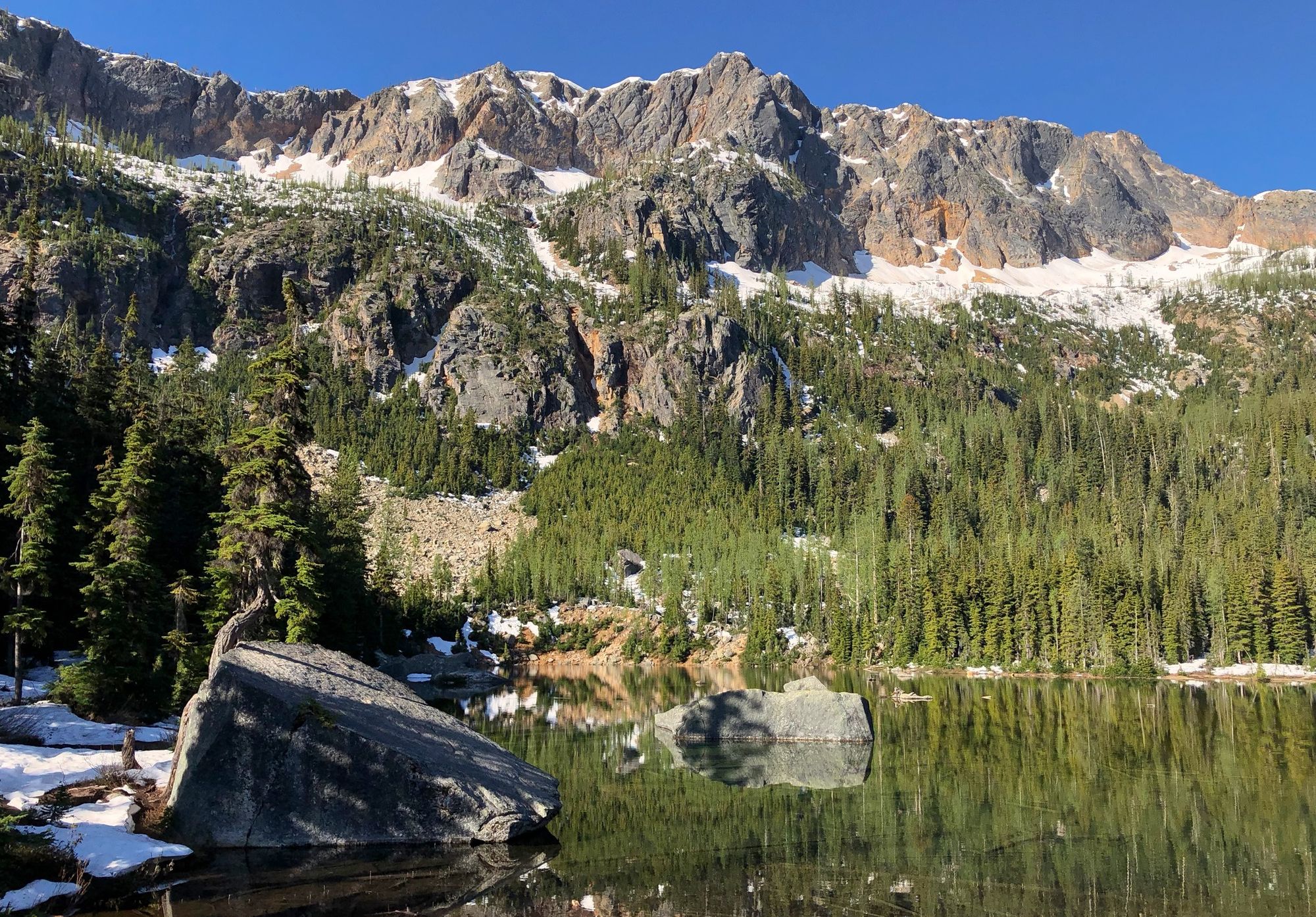
These anecdotal insights are backed up by historic graphs from the Harts Pass Snotel, which show snow levels dropping to zero much earlier than the historic average.
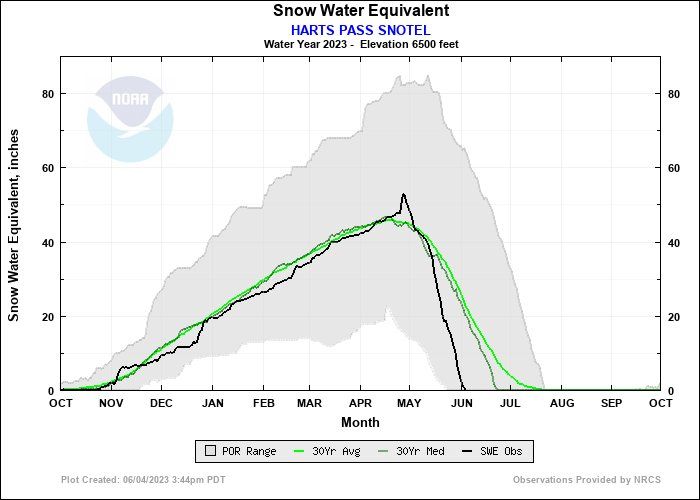
Someone else pointed out that humidity levels are already reaching 9%, which doesn't bode well for how much water vapor is present in the soil and air and for potential fire conditions.
This is the kind of situation where citizens scientists and keen observers have an important role to play. It's one thing to look at graphs of historic numbers, but there aren't a lot of people documenting what this looks like on the ground with photographs and observations.
If the snow has melted earlier than normal in the mountains what do we notice? Does it seem to impact the flowers and insects for example?
Please keep track of what you see and share it on the Facebook group.

